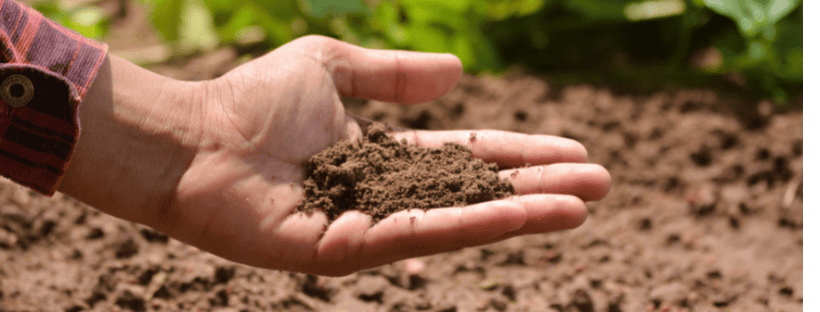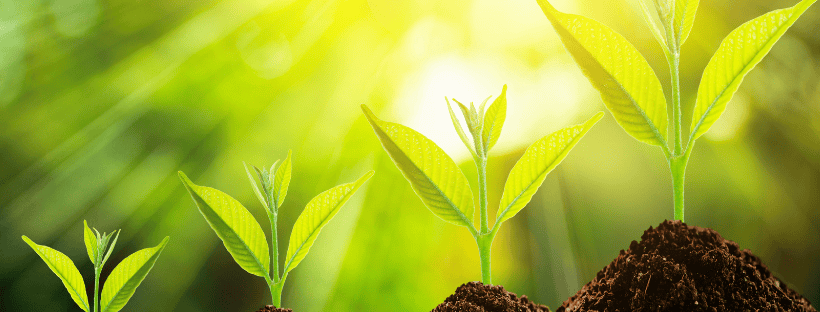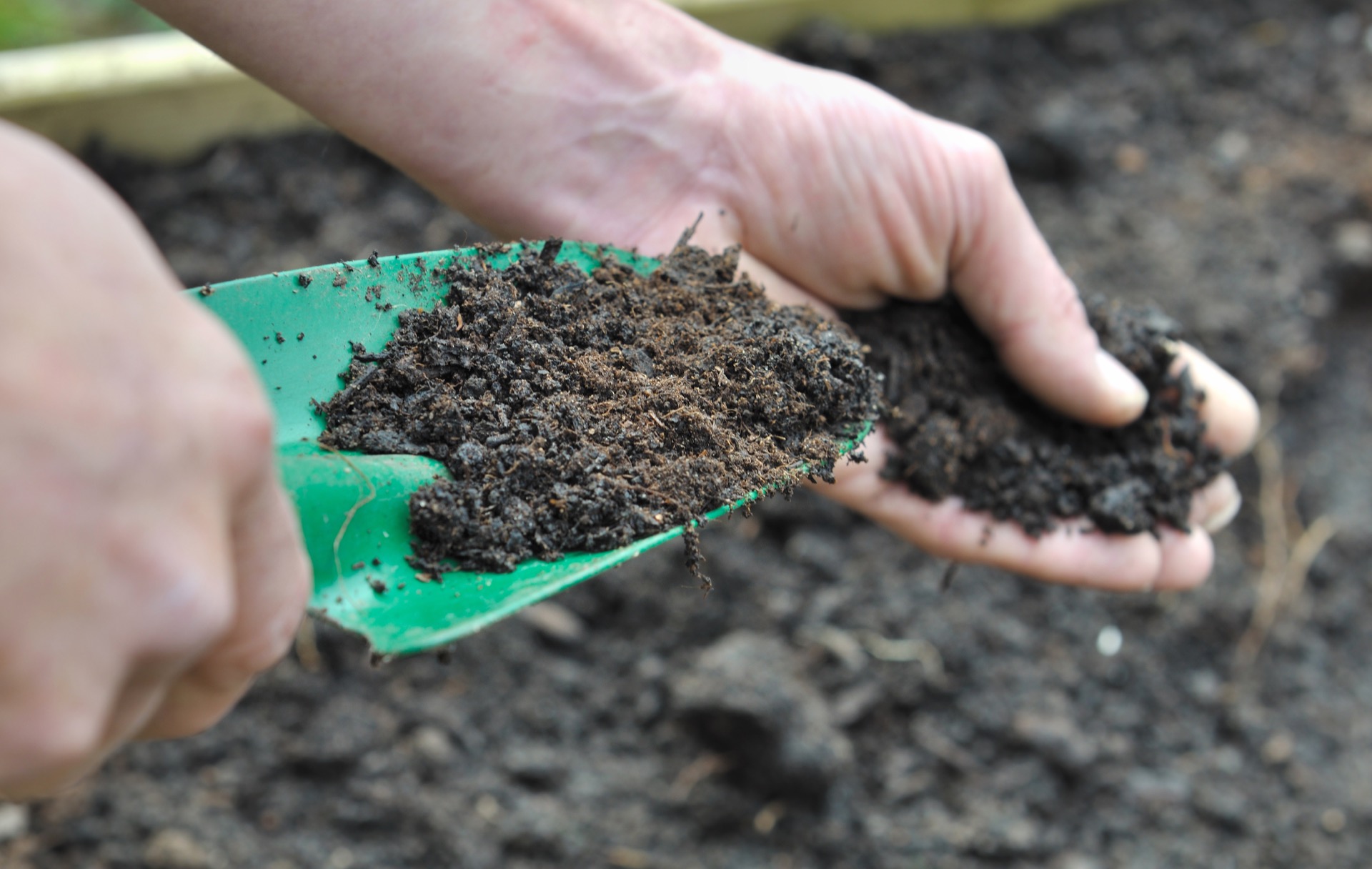
03 Aug Humic + Fulvic: the secret weapon against Cadmium toxicity in plants
Cadmium toxicity in the soil can be a serious problem in both agriculture and for the home gardener.
A Turkish team of researchers recently looked into the adverse effects of cadmium (Cd) on plant growth. They studied how these effects could be mitigated by using Humic + Fulvic (H + F) acid. They published their study in the highly renowned Nature publication.
Some of the negative effects of cadmium on plants include:
- Chlorosis, which is a yellowing of normally green leaves due to a lack of chlorophyl
- Inhibition of plant growth and photosynthesis
- Water imbalances and problems with nutrient assimilation
Where do dangerous quantities of cadmium come from?
Cadmium is a heavy metal that, though naturally present in small quantities, can contaminate soil and pose a danger to plant, animal, and human health.
In agriculture, the use of pesticide and phosphate fertiliser means heavy metals like cadmium are distributed into the soil. Cadmium also enters the environment via the discharge of sewage water and industrial wastes.
The problem with heavy metals is that they’re water-soluble and readily taken up by plants. Often you can’t tell by looking at them if plants have been affected by cadmium. Leafy vegetables are particularly prone to cadmium stress through contamination.

What is humic + fulvic acid?
According to Science Direct:
Humic acids are the organic substances that coagulate when the strong-base extract is acidified while fulvic acids are the organic substances that remain soluble when the strong-base extract is acidified.
Humic substances are formed by the microbial degradation of dead plant matter, such as lignin and charcoal.
In the Turkish study, researchers were keen to examine the interaction of humic + fulvic with cadmium. They were keen to see whether the adverse effects of this heavy metal could be reduced.
Turns out, H + F does the trick!
The benefits of applying Humic + fulvic acid to your plants
- Humic substances form strong bonds with heavy metals. This makes them great stabilising agents. They also hold and bind to other nutrients.
- The result is, the H + F application reduces the cadmium uptake by the plants by stabilising it in the soil and preventing the movement of harmful cadmium from the roots of a plant to its shoots and leaves.
- It also helps increase microbial activity in the soil, stimulate plant root growth and promote drought resistance in plants.
How Biolink4Plants uses H + F to help your plants grow
Biolink4Plants makes use of humic and fulvic acid in our range of organic fertilisers. They’re available in a dry, water-soluble form.
We’ve incorporated an Australian-based highly soluble humic fulvic powder into all our products. The active ingredients are incorporated quickly into soil and plants and promoting the nutrient and water-holding capacity of both soil and plants.
In a two-year trial we’ve been conducting with farms in Victoria, we’ve proven our microbial fertiliser range – including humic fulvic – has helped increase drought resistance by 20% and increased nutrient cycling and solubility by 25%.
Any questions? Please get in touch.
Biolink 4 Plants is a Victorian-based, family-owned business. Having started up in 2015, we’re committed to helping farmers build sustainable, profitable farming enterprises. Our clients, experienced farmers, have seen the advantages of enriching the soil and they’re spreading the word that being sustainable doesn’t mean you have to sacrifice yield growth.



